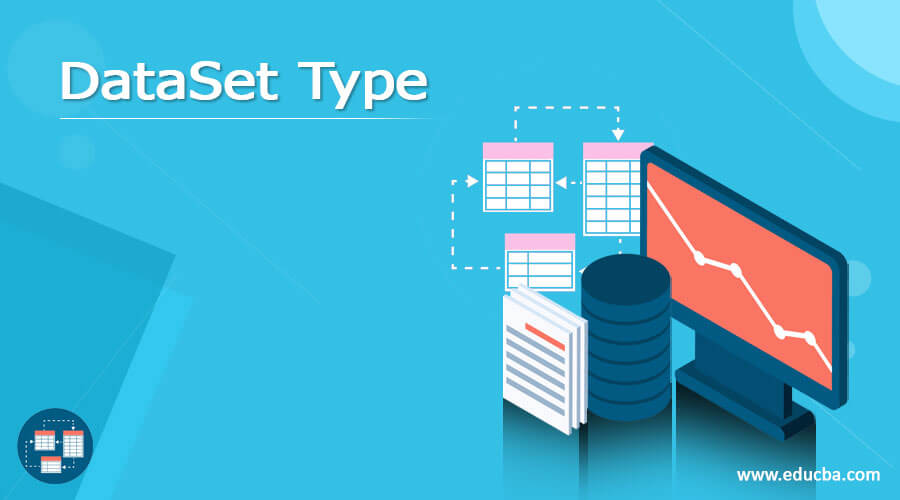Types of Data in Datasets

Datasets can contain different types of data, each characterized by its nature, format, and statistical properties. The types of data commonly found in datasets include:
-
Numerical Data:
- Numerical data consists of quantitative values that represent measurements or counts. Examples include:
- Continuous data: Measurements that can take any numerical value within a range (e.g., height, temperature).
- Discrete data: Countable values that are distinct and separate (e.g., number of children in a family, number of items sold).
-
Categorical Data:
- Categorical data consists of qualitative values that represent categories or groups. Examples include:
- Nominal data: Categories without an inherent order or ranking (e.g., gender, ethnicity).
- Ordinal data: Categories with a defined order or ranking (e.g., education level, socioeconomic status).
-
Text Data:
- Text data consists of textual information, such as documents, articles, tweets, or user comments. Text data may require preprocessing techniques like tokenization, stemming, and vectorization for analysis.
-
Date and Time Data:
- Date and time data represent temporal information, including specific dates, times, or time intervals. Examples include:
- Date: YYYY-MM-DD format (e.g., 2022-01-15).
- Time: HH:MM:SS format (e.g., 14:30:00).
- DateTime: Combination of date and time (e.g., 2022-01-15 14:30:00).
-
Binary Data:
- Binary data consists of two possible values, often represented as 0 and 1 or "true" and "false." Examples include:
- Yes/no responses.
- Presence/absence of a certain characteristic.
- On/off states of a switch or sensor.
-
Spatial Data:
- Spatial data represents geographical or spatial information, such as coordinates, polygons, or geographic features. Examples include:
- Latitude and longitude coordinates.
- Geographical boundaries of regions or countries.
- Maps and satellite images.
-
Mixed Data Types:
- Datasets may contain a combination of different data types, known as mixed data types. For example, a dataset may include numerical features along with categorical labels or textual descriptions.
Understanding the types of data present in a dataset is essential for data preprocessing, exploratory data analysis, and selecting appropriate machine learning algorithms. Different data types may require different preprocessing techniques and analysis methods to extract meaningful insights and build accurate predictive models.
Thank you,
